Considering bringing a fluffy rabbit friend into your home? Or perhaps you already have a beautiful bunny bouncing around?
Rabbits are amazing little animals and can be a fantastic addition to the family home. Sociable and friendly, they seek out attention and affection, and bring an incredible sense of joy to your household. Best of all, their unwavering devotion and unconditional love makes them an agreeable and loyal companion.
Owning a rabbit is for life, and as with all pets, before bringing a bunny into your home you should be fully aware of the level of responsibility and commitment required to keep your fluffy friend happy and healthy.
On average, life with a bunny is a 10-year commitment, and it's vital for owners to prepare both their environment and themselves prior to allowing a bunny to burrow into their hearts and home.
We chatted with specialists from our Pocket Pets division at RSPCA South Australia to get a few pointers on all things rabbit related, and we're here with the 101 on how to care for your pet bunny.
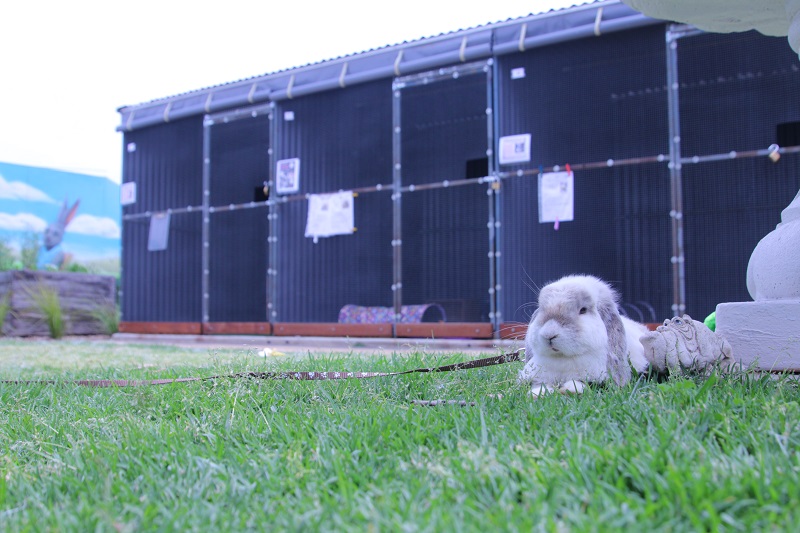
Adopt don't shop
We couldn't not open with this. There really is no better reward in life than the satisfaction of knowing that you have rescued a tiny thumper from a shelter.
At RSPCA South Australia, when you adopt a rabbit you are not only showing compassion by giving them a second chance at life, you will also be rewarded by a faithful companion with unconditional love.
Even better, all rabbits available for adoption from RSPCA South Australia are desexed, vaccinated, microchipped and vet checked - helping you be a responsible pet owner right from day one.
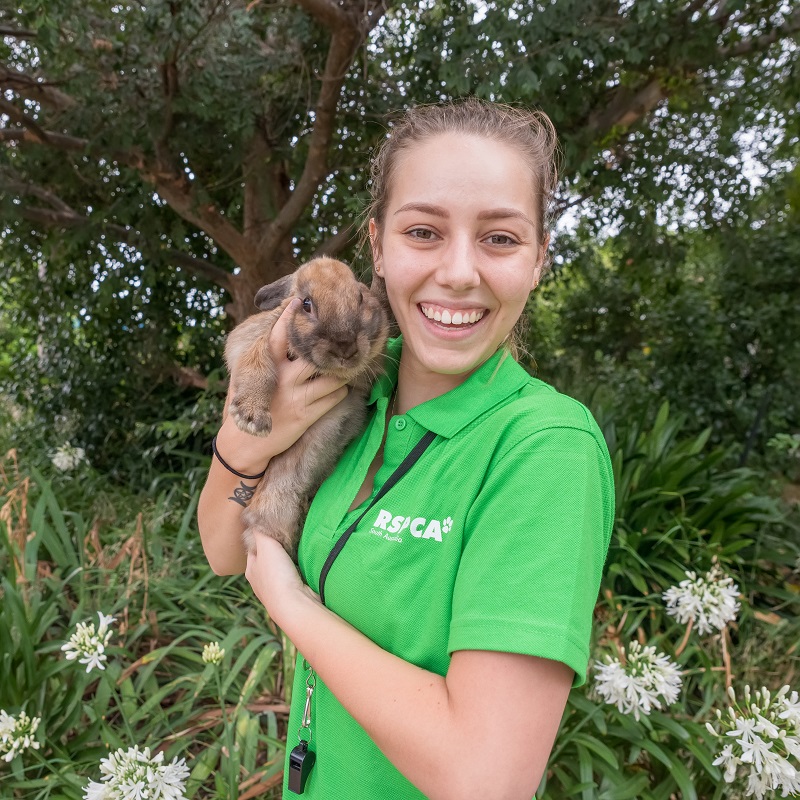
Do your research
It is important to realise that bringing a bunny into your home is not the same as bringing a dog or cat. Rabbits are classified as 'prey' animals, meaning that they are constantly vigilant of potential predators in their environment.
Consequently, they are inherently timid by nature, and can be easily frightened by their surroundings or the behaviour of those around them.
When planning for your new addition, it's super important to consider all of the below suggestions. This will help ensure your bunny feels as comfortable and at home as they possibly can.
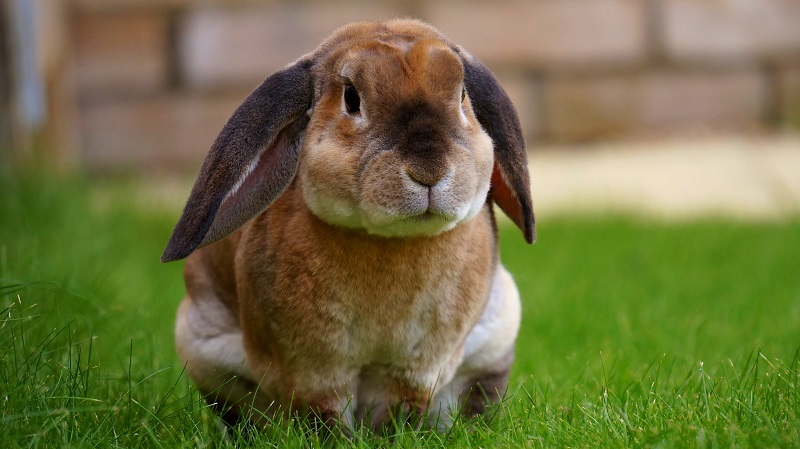
Prepare their environment
Bunnies will become an integral and rewarding addition to your family, but only if you allow them to truly become part of the family.
They may be different from dogs and cats, but remember - they require just as much love!
Unfortunately, we see cases of misinformed owners caging their rabbits at the back of their yard too often. This is hardly showing them the love and care that they deserve, and could be depriving them of the interaction and attention that they thrive on.
Rabbits are intelligent animals and enjoy being able to explore, play and interact with others. Keeping a rabbit as a pet means that you need to provide adequate stimulation and environmental enrichment to avoid them suffering from boredom, loneliness and poor welfare.
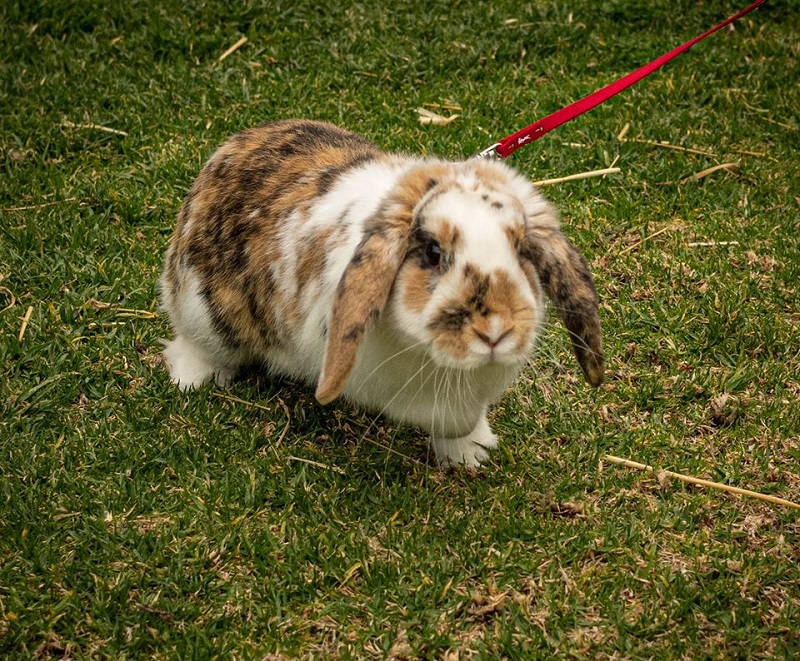
Option 1: outdoors
If you plan to keep your bunny outside, they should be kept in a large, predator-proof enclosure and given adequate shelter from sun and adverse weather. Sufficient space to run, hop, jump, sit on their hind legs and lie outstretched is vital. Additionally, you must ensure bun is safe from toxic plants and wild rabbits.
We recommend two compartments in the enclosure; an enclosed hutch to provide a safe place to sleep and hide, and a 'burrow' type space with regularly cleaned bedding - either shredded paper, straw or hay on top of a newspaper lining. This will not only allow your darling bunny to dig to their heart's content, but will prevent foot trauma. As recommended by the Rabbit Welfare Association and Fund, the minimum size for an enclosure for two rabbits is 3m (length) x 1.5m (width) x 1m (height).
If the temperature reaches above 29 degrees, you'll need to bring your furry friend inside to stay cool.
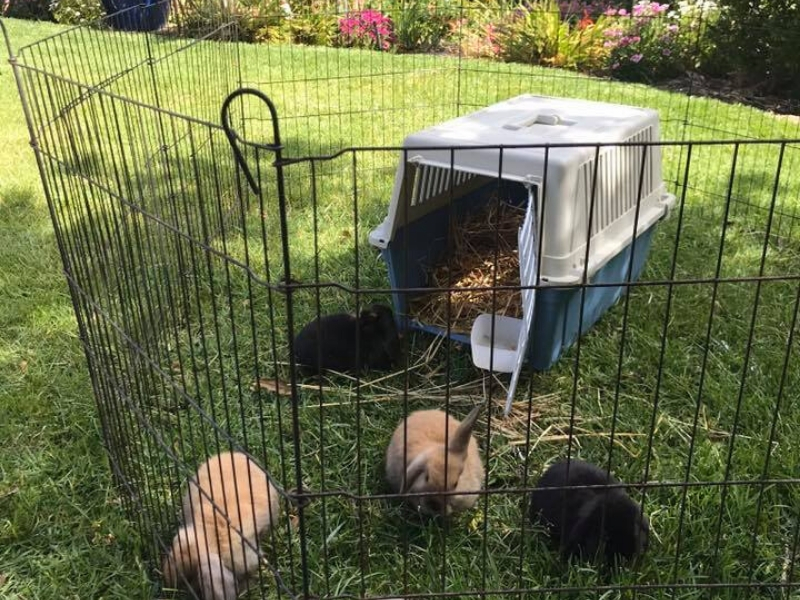
Option 2: indoors
Keeping your bunny inside is also a great option, and it takes away the threat of foxes and other predators. Living with a pet bunny in your home allows you to enjoy more quality time together, and you can form a strong bond with your bouncing bun. Your rabbit will still require an escape-proof 'safe space' inside, but they can essentially be kept cage free.
If you opt to keep your bunny inside with you, we recommend that you give them regular supervised outdoors time. This allows them to stretch their legs, gives them some natural Vitamin D and fresh air, and provides the opportunity to forage in your garden. Just be sure to remove any toxic plants and other animals before letting them explore the great outdoors safely.
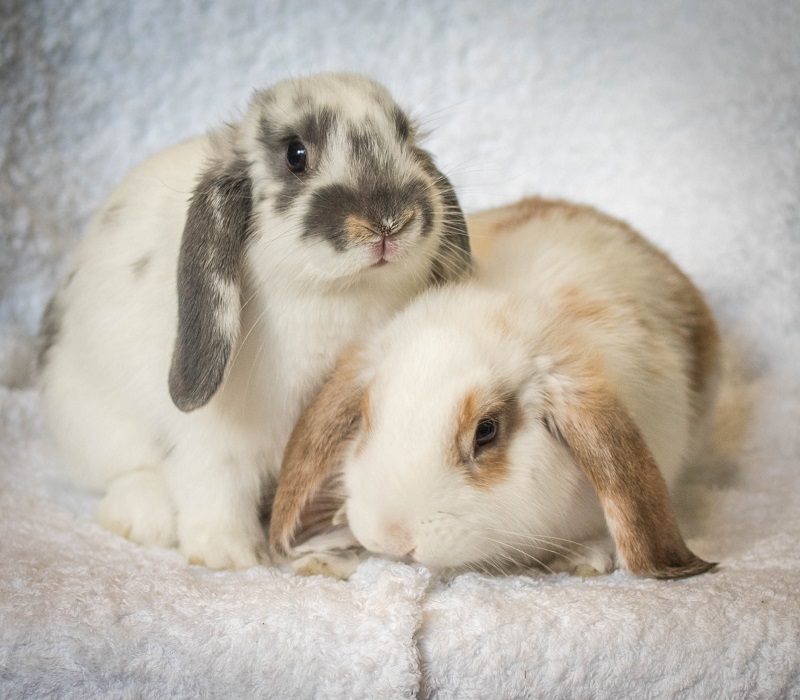
Two is better than one
Rabbits are a social species and prefer to have the companionship of another pet bunny with whom they are compatible. Pet rabbits who can enjoy the company and partnership of at least one other rabbit tend to exhibit fewer abnormal behaviours and will flourish.
As humans, we are simply unable to give bunnies the amount of attention they need in any given day. The best way to ensure your bunny is getting the social life they need is to adopt a furry friend for your fluffy bun.
Of course, if you are going to have more than one rabbit living together, it is important that they are desexed to prevent them having lots of potentially unwanted baby rabbits.
Ideally, if you can, it's best to adopt two bunnies who have already been socialised and bonded to each other, as rabbits are very territorial. Bonding is the process of encouraging rabbits to live compatibly with one another, and can take much time and effort. Adopting two rabbits at separate times who are strangers, means they will need to be kept in separate housing until they are bonded.
Once your furry bundles have settled into their new home and become acquainted with their cohabitant, try not to separate them as this could cause significant distress.
The bonds that rabbits can form with each other can be so strong, that if separated they could develop severe depression and anxiety. So keep your bunnies bouncing and remember that two is better than one!
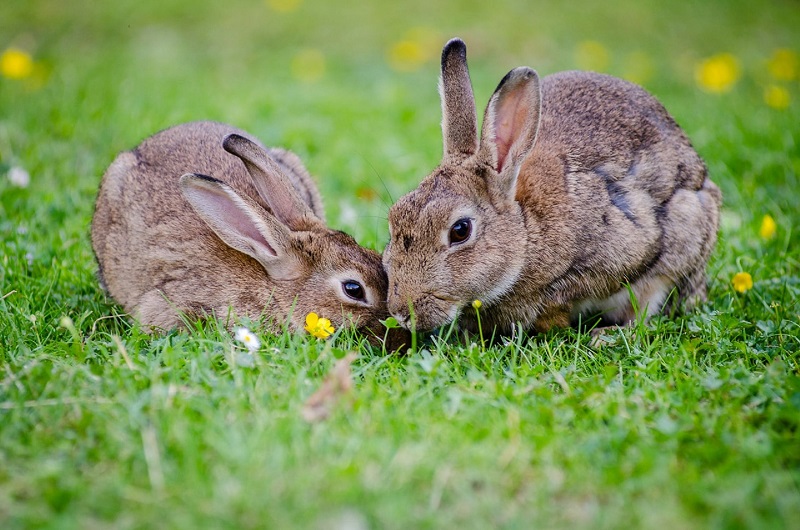
Hay, hay and more hay
Rabbits are herbivores with a sensitive digestive system, and one of the best ways to keep your bunny bouncing with joy is to ensure a healthy and well-balanced diet.
Rabbits in the wild eat predominantly grass, and domestic bunnies typically survive on approximately 80% grass or hay, and 20% leafy greens and vegetables. This also happens to make them an ideal animal companion for our veggie friends who may not want meat in the home.
Being grazers by nature, rabbits should have a constant source of hay or grass; they will happily graze for up to eight hours a day. Allowing them to enjoy extended periods of chewing, particularly on grass and hay, is a necessity as it helps to keep their constantly growing teeth in check.
The best kind of hay to feed your bun is meadow hay, and this comes with the added benefit of reducing the likelihood of wanting to chew on any of your favourite furniture pieces.
When it comes to vegetables, you can give your bun around two packed cups of greens per kilogram of body weight per day. The best to give your bunny include: carrot tops, endive, chicory, celery leaves, cos lettuce, bok choy, herbs like basil, coriander and parsley, and occasionally thistles, beetroot leaves and spinach.
Be sure to only feed your bunny high quality vegetables and give everything a good wash before serving.
Lastly, always remember to keep a fresh bowl of water readily available as this is a great way to ensure they stay hydrated at all times.
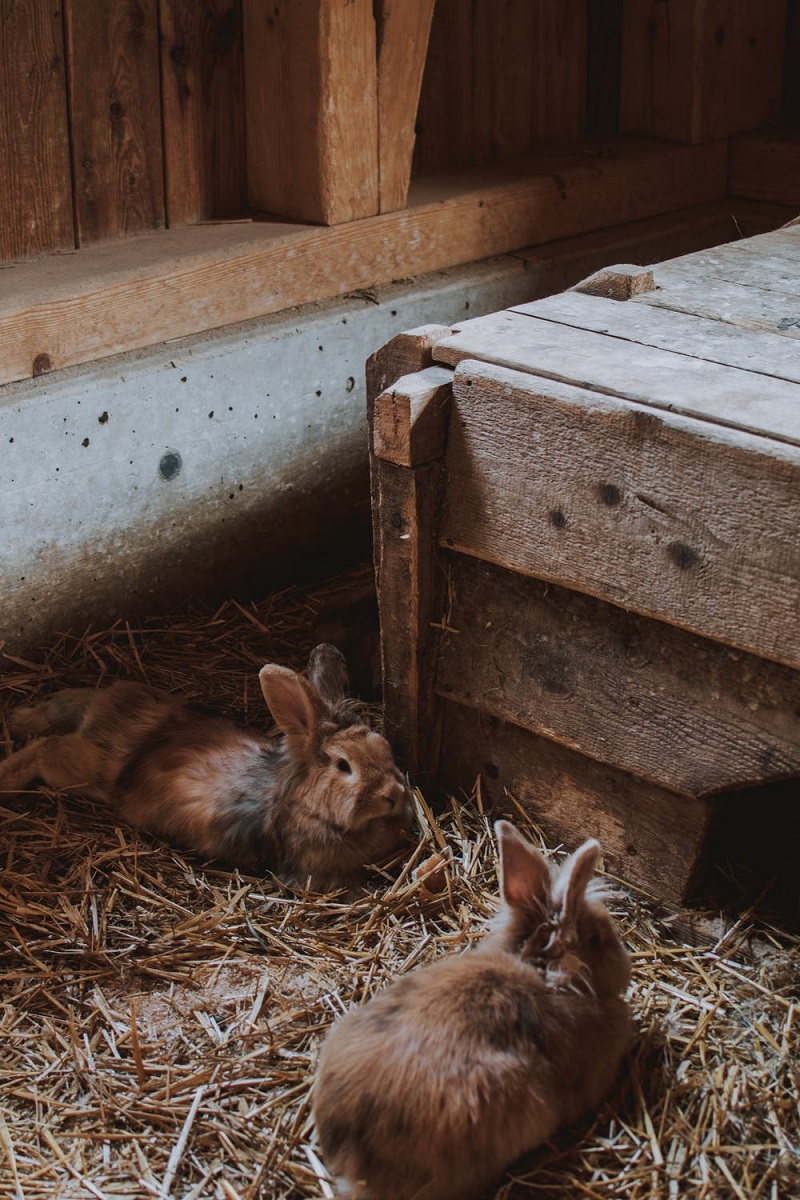
Treat them occasionally
Equally as important as a nutritious and well-balanced diet is treat time. Giving your rabbit small treats is a great way to win their hearts and keep them emotionally bouncing for joy. Treats should be offered in small quantities and limited to once or twice per day, typically 1-2 teaspoons per bunny.
Some great treat ideas include most fruits, root vegetables (such as carrot and cooked sweet potato) and capsicum. Note that carrots and fruit treats should never be fed in large quantities as they are typically higher in sugar.
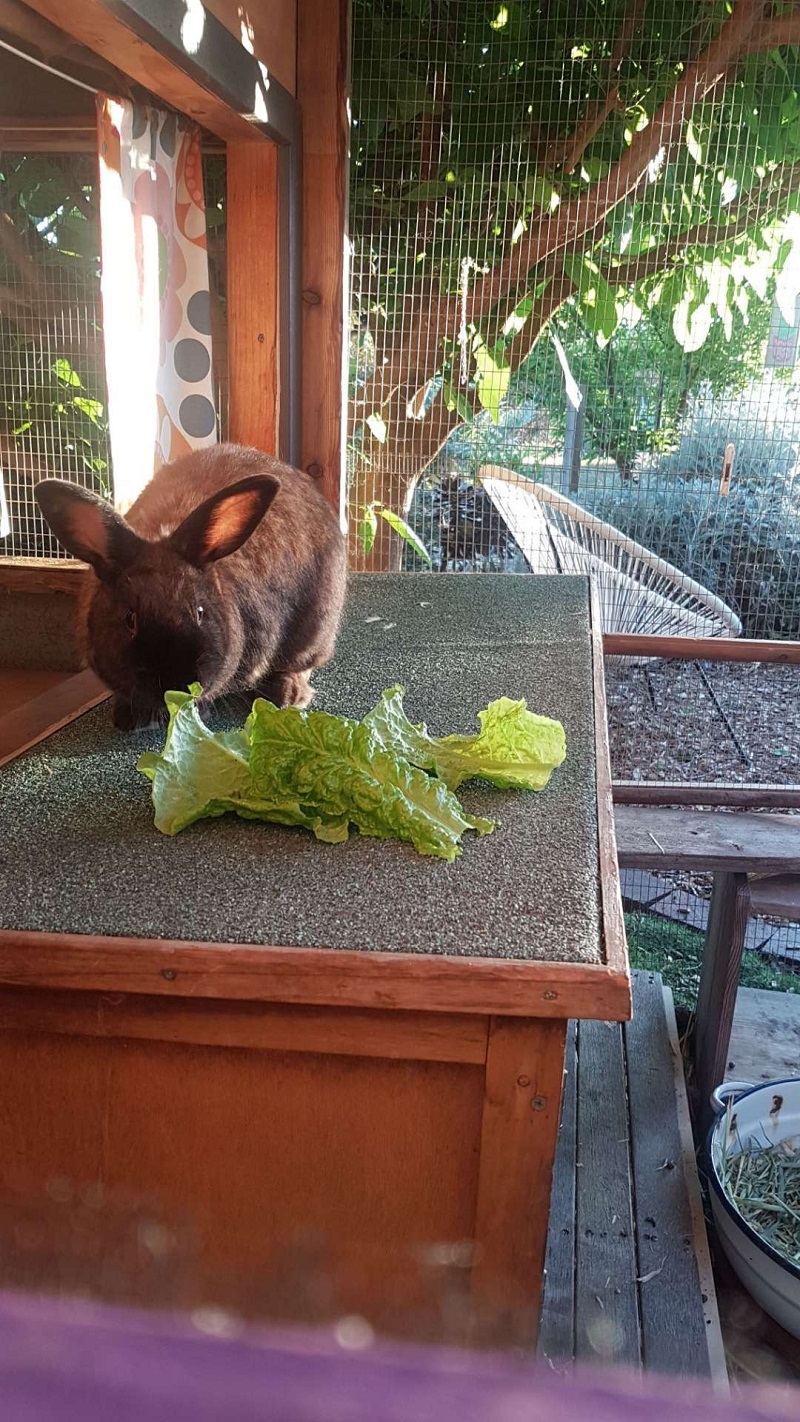
Keep up the grooming
Rabbits require regular grooming to keep their silky coats shiny and healthy. Like cats, rabbits often groom themselves, but buns are unable to cough up the odd furball - instead, these furballs can get lodged in their stomach. The less fur they ingest, the lower the likelihood of a nasty furball blockage in their digestive tract.
Avoid any blockages by brushing your rabbit every few days, and whilst doing so take the time to inspect their fur for any other parasites or dirt.
For long haired rabbits you will need to keep their fur trimmed. You can either do this yourself at home with a handy pair of clippers (being careful not to stress out your little rabbit) or ask a professional for help.
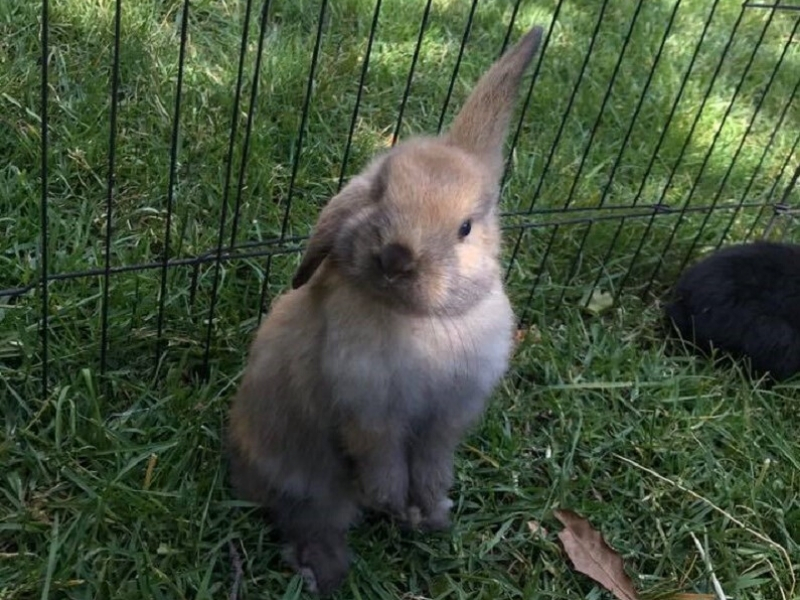
Keep calm and carry them
As rabbits are typically reserved, it is important to socialise them from a young age. This way they tend to be calmer, less stressed and more confident when handled by humans.
Treat your bunny gently and calmly; a rabbit who is unsettled may panic and struggle in your arms, which can lead to potential injuries to you or your bunny.
To handle your bouncing bundle, move slowly and use a quiet, calm voice to avoid scaring them. Never pick them up by the scruff of their neck. Instead, be sure to handle them at ground level, and follow our guide on how to handle them correctly.
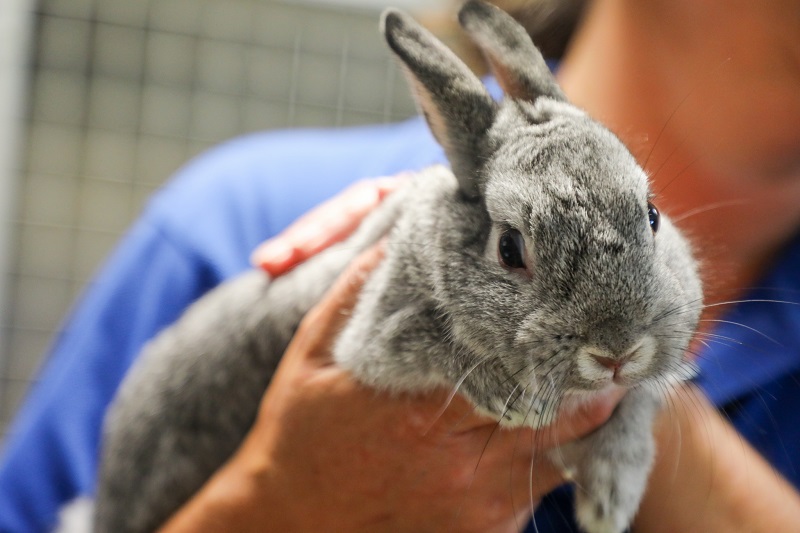
Now that you know the basics on keeping a rabbit, have you considered rescuing one? Why not help out our Pocket Pets and adopt a bunny (or two). Head over here to see our current bunnies awaiting adoption.






